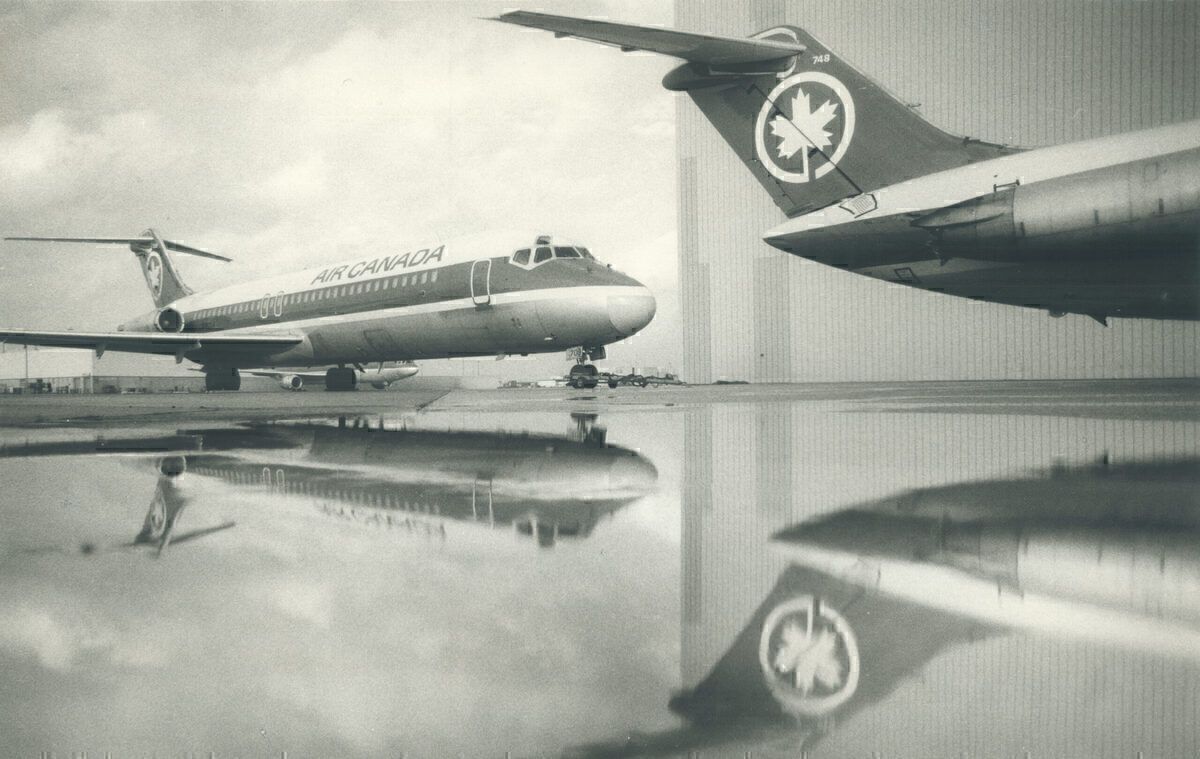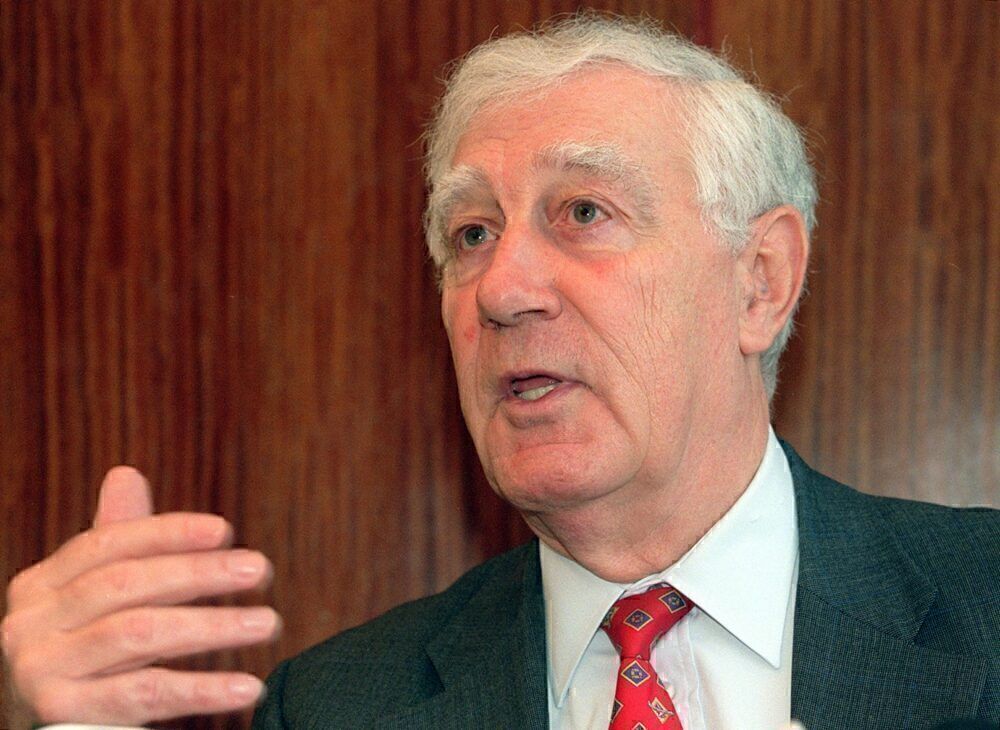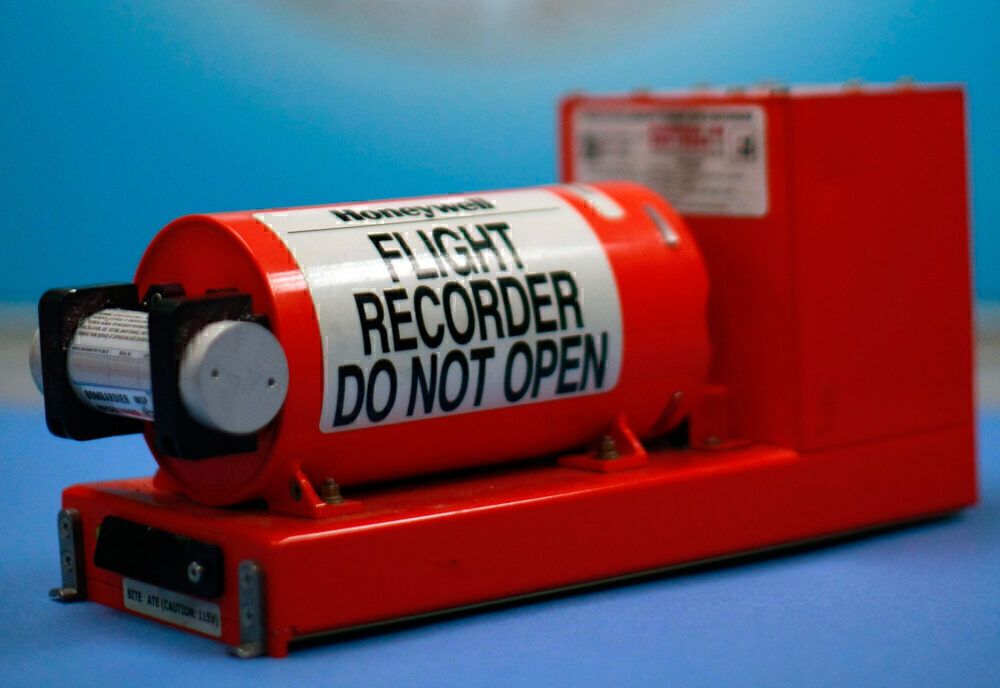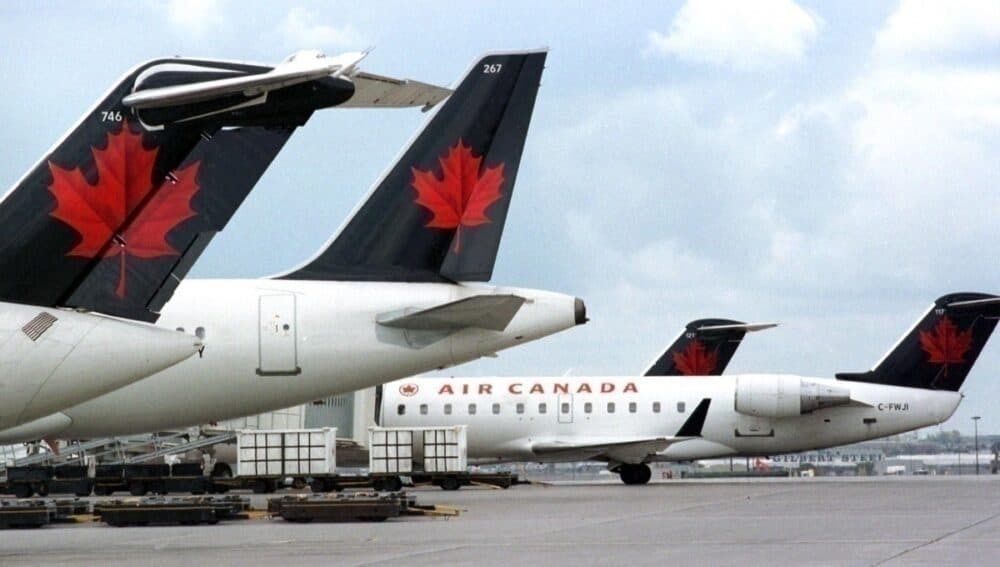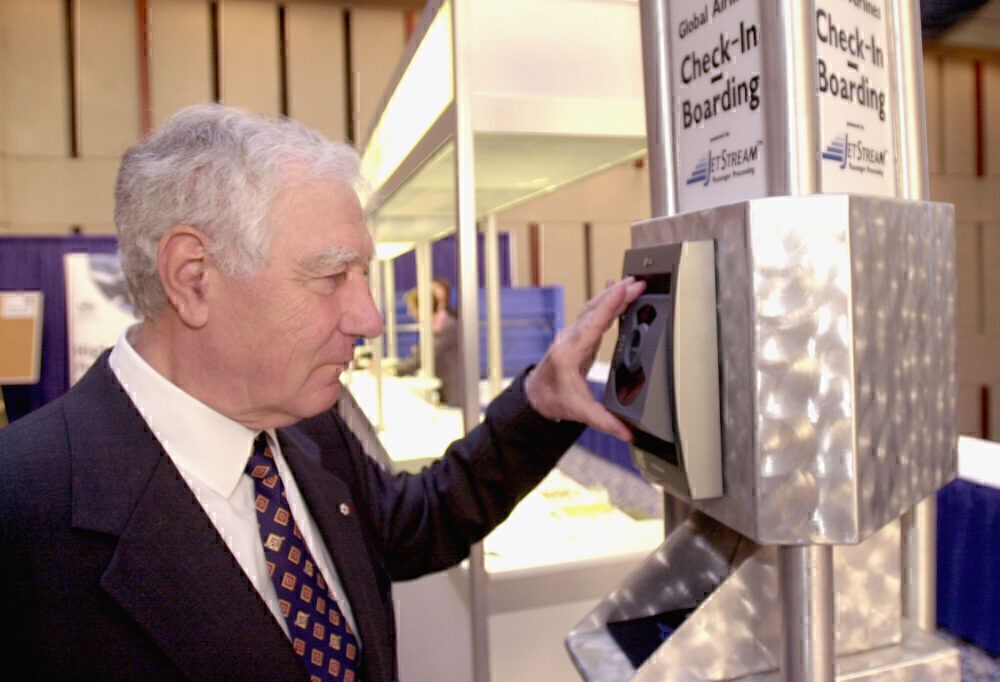The black box and non-smoking flights are two notable introductions in aviation thanks to the help of Pierre Jean Jeanniot. The industry veteran was the president and CEO of Air Canada from 1984 to 1990 and has been a force behind the scenes for decades. His impact on the airline and the wider market can still be felt today.
Adapting quickly
After arriving in Montreal from France, Jeanniot took night courses in math and physics at Concordia University. The future businessman would also take business classes at McGill University. He came to the country with no knowledge of English. However, this didn’t deter him from venturing into a successful career path.
Jeanniot first joined Air Canada (then known as Trans-Canada Airlines) back in 1955. He held several roles throughout the company before becoming the chief.
The following positions were held by Jeanniot during his time before becoming the head of Air Canada:
- Junior Technician
- Senior positions in Technical Services
- VP, Computer and Systems Services
- EVP, Sales, Marketing and Planning
- EVP and Chief Operating Officer
Pioneering feats
Altogether, it would be three decades before he attained the role of president and CEO of the flag carrier of Canada. However, there were significant achievements made before becoming the top dog. He was founder and head of the airline’s operational research group in the 1960s. Here, he recommended amendments to a British manufacturer’s electronic recorder designed for maintenance purposes that resulted in the famous black box, the item that is still often the most sought after following air crashes.
Jeanniot’s website shares the following about this accomplishment:
“[Jeanniot] Contributed to the development of the first comprehensive flight data recorder by modifying, enhancing and re-orienting an existing, failed analogue maintenance recorder and proposing that it be housed within a suitable container capable of withstanding the impact and fire associated with an aircraft crash.”
The first playback device to read and analyze the output of the analog tape was implemented, and for many years, Canada was the only country in the world that had a device to read tapes and analyze the data resulting from an accident. Subsequently, with advanced playback abilities, Air Canada was the first major carrier to develop Flight Operations Quality Assurance (FOQA) among other enhanced safety and standards.
Going with his gut feeling
It wasn’t only technical advancements that Jeanniot played a part in during his journey with Air Canada. As chief executive, he received letters from medical associations regarding the issues surrounding second-hand smoke. Several passengers also raised concerns about flying with smoke in the cabin. Subsequently, the operator introduced its first non-smoking flights.
There was a massive boycott from the entire tobacco industry. Additionally, the move was against the advice of Jeanniot's commercial team. However, these aspects didn’t sway him and his team, and in1987, Air Canada became the first carrier across the globe with a non-smoking policy across its fleet. This policy was soon adopted by other airlines, and today, all international flights and most domestic flights don’t allow smoking on board the aircraft.
Jeanniot said the following about the rise of non-smoking flights, as shared by Concordia:
“I thought, why not take 14 out of our 28 Montreal-Toronto routes and make them non-smoking? The marketing department was reluctant, and the tobacco industry initially boycotted us, but the market responded to our decision and we actually gained five per cent of the traffic. All of these changes required a tremendous amount of work. t served me well that I was already accustomed to working 80 hours a week.”
Additional progress
There were several other breakthroughs at Air Canada that Jeanniot contributed to. For instance, he oversaw the development and introduction of Air Canada’s Reservec II, which is dubbed the world’s first “real-time computer reservations system." Moreover, Air Canada’s business class was introduced in 1983.
Jeanniot was also with the airline when it worked with the Canadian Ministry of Transport with ETOPS widebody progressions over the Atlantic Ocean. The businessman was also in charge of Air Canada when it went through privatization in 1988.
Continued support for the industry
Overall, Jeanniot advocates for the embracement of change. He feels that the industry would prosper if there was a willingness to adapt.
Jeanniot concludes the following on his website:
“It is important to see what lies ahead – but better still to become part of the future and get involved in creating it.”
Despite being in his late 80s, Jeanniot remained active over the last few decades and even until now. He was director general & CEO of The International Air Transport Association (IATA) between 1993 and 2002 before becoming chairman of the board between 2003 and 2009. Furthermore, he has served as the president and CEO of JINMAG since 1990. He is also currently senior aviation advisor to the president and chair of the aviation think tank at Concordia University.
Altogether, Jeanniot remains an active member of the aviation community. His contributions over the years have not gone unrecognized by those in the industry.
What are your thoughts about Pierre J. Jeanniot’s progress over the decades in the aviation industry? Did you fly with Air Canada during his tenure as president and CEO of the airline? Let us know what you think of his achievements in the comment section.

